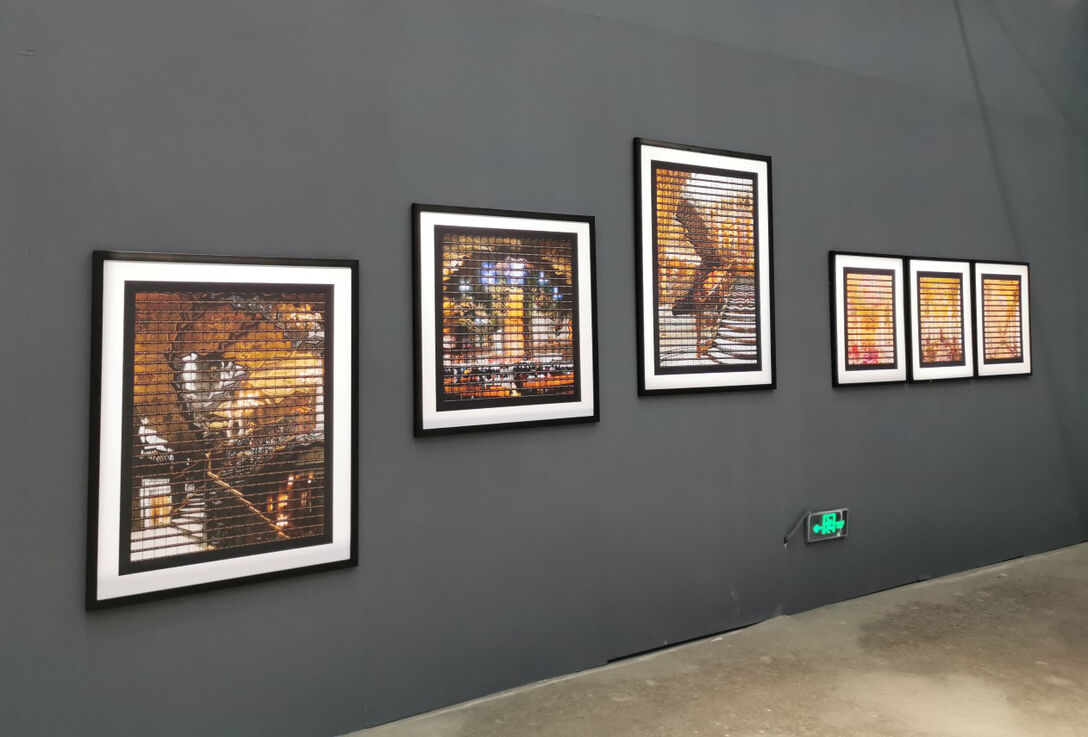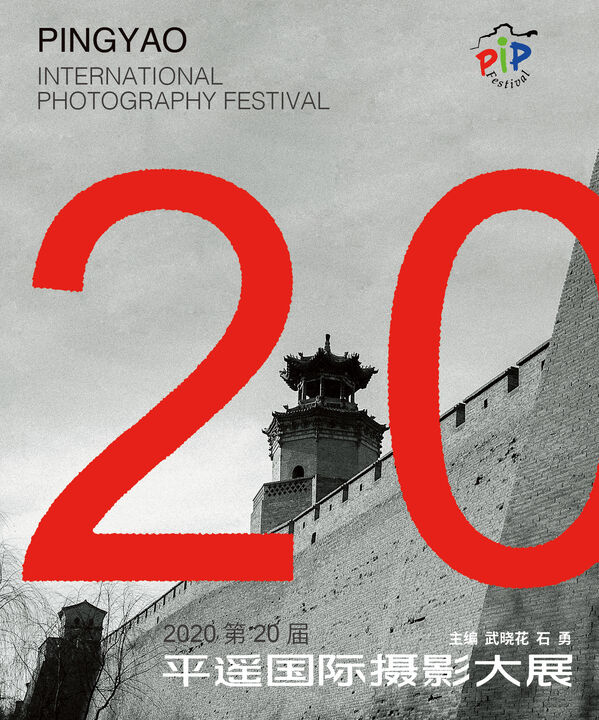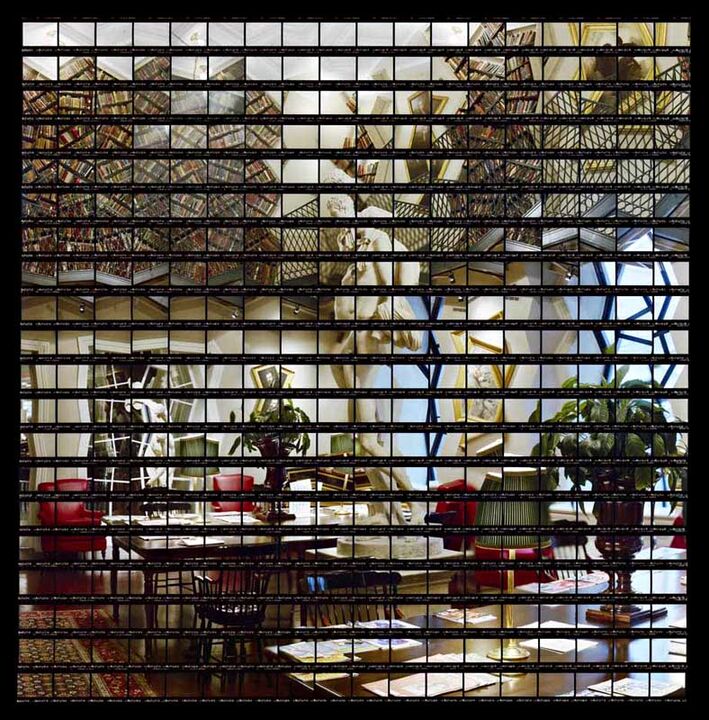Dancing Walls
In 2008 and 2009, seven venues throughout Germany and the United States and China featured photography pieces from the work complex “Dancing Walls“ by the artist Thomas Kellner (born 1966 in Bonn, lives and works in Siegen, Germany).
The exhibitions began in January in the Art Gallery in Siegen, the artist’s hometown, after which the next exhibition showcased at the John Cleary Gallery, Houston, in February. In spring “Dancing Walls” was featured by the K4 galerie Werner Deller in Saarbrücken and the Galerie Maurer in Munich in May. Then during the second half of the year two further exhibitions took place at the Schneider Gallery in Chicago and at the In Focus Galerie Burkhard Arnold in Cologne followed by an awardwinning show at the Pingyao International Photography Festival in Pingyao, Peoples Republic of China.
Each exhibition presented a unique selection of the artist’s large-scale color photographs from 2003 – 2006 of famous architectural monuments’ interiors. In contrast to many contemporary German photographers who studied under Bernd and Hilla Becher at the Kunstakademie Düsseldorf such as Andreas Gursky, Thomas Struth, or Candida Höfer, Thomas Kellner is not interested in objective, documentary photography. He focuses instead on the creative process, on the act of taking pictures and on the camera as the essential artistic tool. All works in the “Dancing Walls” series are artisticly arranged photomontages. Their language of fragmentation, reminiscent of cubistic and futuristic paintings, is permeated by a rhythmic musicality, which Kellner describes as a “vibration” or a “dancing glance”.
The first exhibit from the work complex “Dancing Walls” is the programmatic piece “British Museum, 2005”, which ingeniously transforms the architectural language of the “Great Court British Museum” project by the famous British architect Norman Foster into a kaleidoscopically arranged composition of dissected parts. Further highlights of the work complex are the series of radiantly luxuriant and golden interior views of the Genovese Pallazzi from 2005, which pars pro toto create an image of the city as a whole, and the series “Hearst Tower, 2006”, which not only reflects the architectural language of that building’s exterior. A further central piece, created in 2006, is the photography “Mexico Munal”, an additional inner view of a city’s landmark, but also plays with a traditional metaphor in its motive of a staircase.
In “Dancing Walls”, as well as in his continued earlier, open-ended series “Tango Metropolis”, Thomas Kellner joins the ranks of photography history with his extraordinarily unique photographic method, which is based on his former experiments with the pinhole camera. Kellner records the architectural monuments with his camera in a way analogous to the natural process of seeing. The thus created series of single shots from a slightly slanted perspective are subsequently construed into a new picture.
With subversive irony Thomas Kellner’s architectural photographs do not appear as the postcardesque pictures of iconic monuments we carry in our minds, nor can they be seen as images documenting these monuments’ perfect form. His buildings do not appear consolidated, much rather deconstructed into multiple fragments and reconstructed to assume an entirely new form. However, the ostensible interpretation of Kellner’s work as being cubistic-fragmentarian montages is too narrow. In fact, his art explores the history of the photography genre in a media-reflective way. Its essence lies within the fact that his large-scale color photographies are contact sheets composed of consecutively assembled filmstrips of a single shooting session. Specific pieces in “Dancing Walls” are made up of up to nine hundred shots, which translates into twenty-five rolls of film. This implies that the conceptual process begins far before the camera is actually implemented: the fragmentation of the image initially takes place within the artist’s mind. The end result amply reveals the photographic process, and even more so, it transcends the medium of photography to fundamentally argue in inter-media terms, in the dimension of the film:
“The vocabulary shared by the contact sheet, the zootrope and the motion picture is a simple assembly of images arranged one after the other in the order in which they were made, so that frozen moments in time are used to delineate space. We think of Edweard Muybridge, whose elaborate use of serial trip wires showed us the precise component movements of a horse’s streamlined gallop, or of the stilled beat of the hummingbird’s wing revealed by the stroboscopic experiments of Harold Edgerton. We are reminded that more and more of the newspaper photographs we consume are images sliced out of videotaped continuity. Kellner’s development of this working method shows an awareness of his medium’s past and present. It is self-reflexive, like so much contemporary art. It is even somewhat ironic in its choice of grand subject.” (Alison Nordström, former Curator of Photographs, George Eastman House International Museum of Photography and Film, Rochester, New York, from the exhibition catalog Thomas Kellner: Dancing Walls)
Thomas Kellner’s work has reached a wider audience in the past decades through numerous exhibitions in notable galleries and museums on all continents. Recently, he has also been enjoying increased exposure in Asia. Beyond his work as an artist, Kellner also works as an expert on photography and is busy as curator and initiator.

Thomas Kellner – Dancing Walls
September 19–26, 2020
Pingyao International Photography Festival, China
“His process is his subject.” Alison Nordström
Thank you to the whole team of the PIP Festival for showing my work in Pingyao. I am very disapointed that I can not be there in person and meet all of you this year.
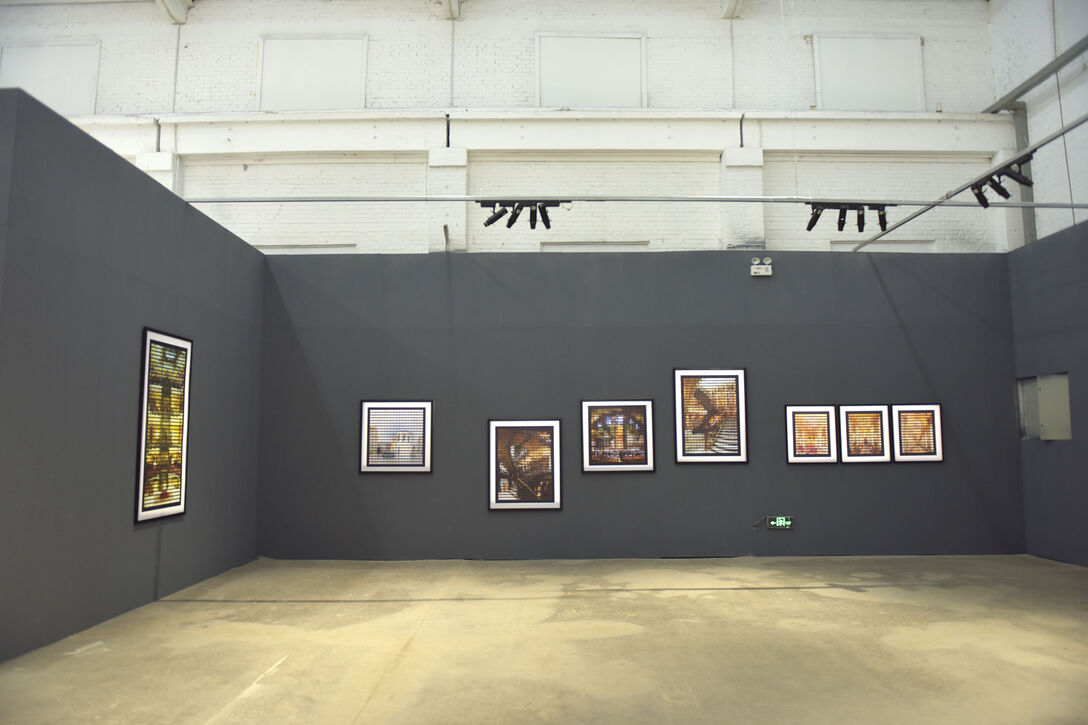
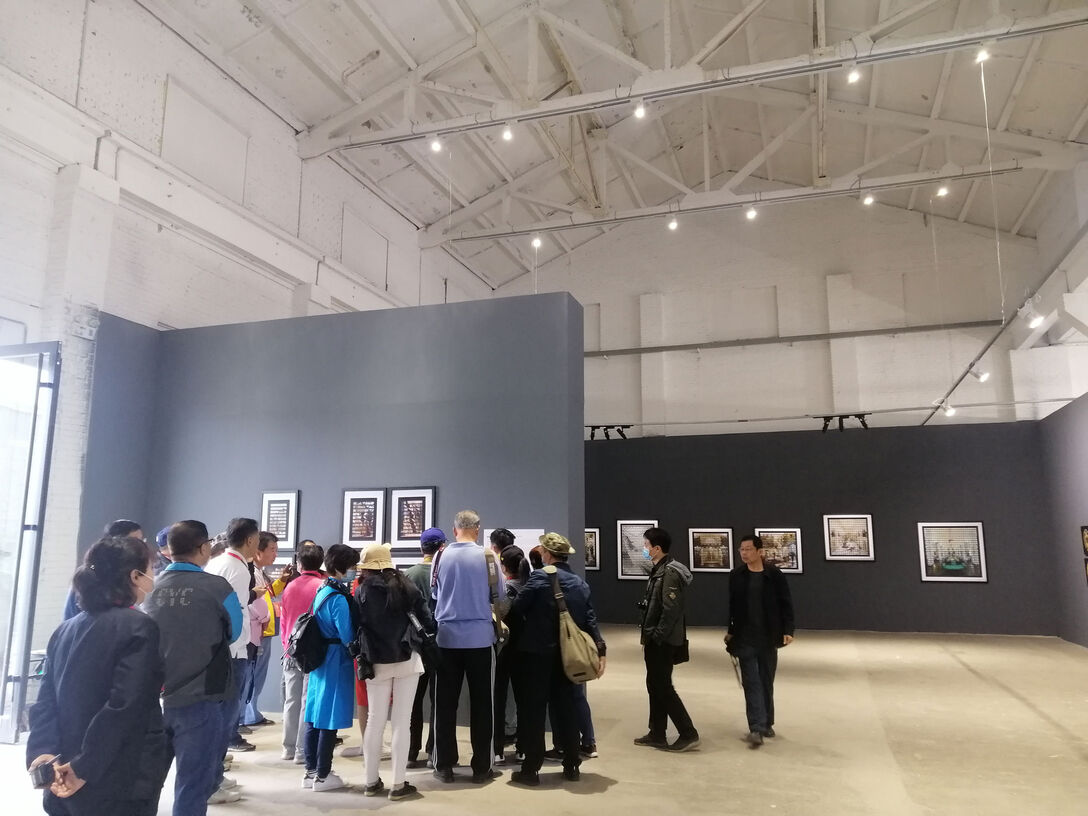
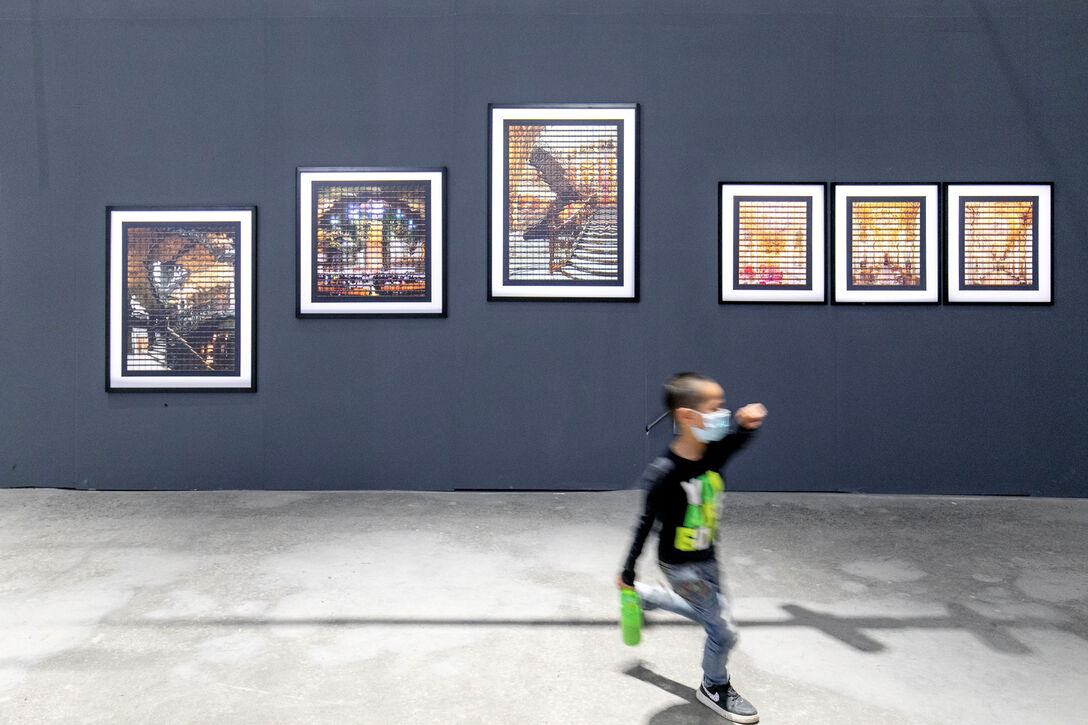
Award
Excellent Photographer Award 2009, Pingyao International Photography Festival, Pingyao, Peoples Republic of China
